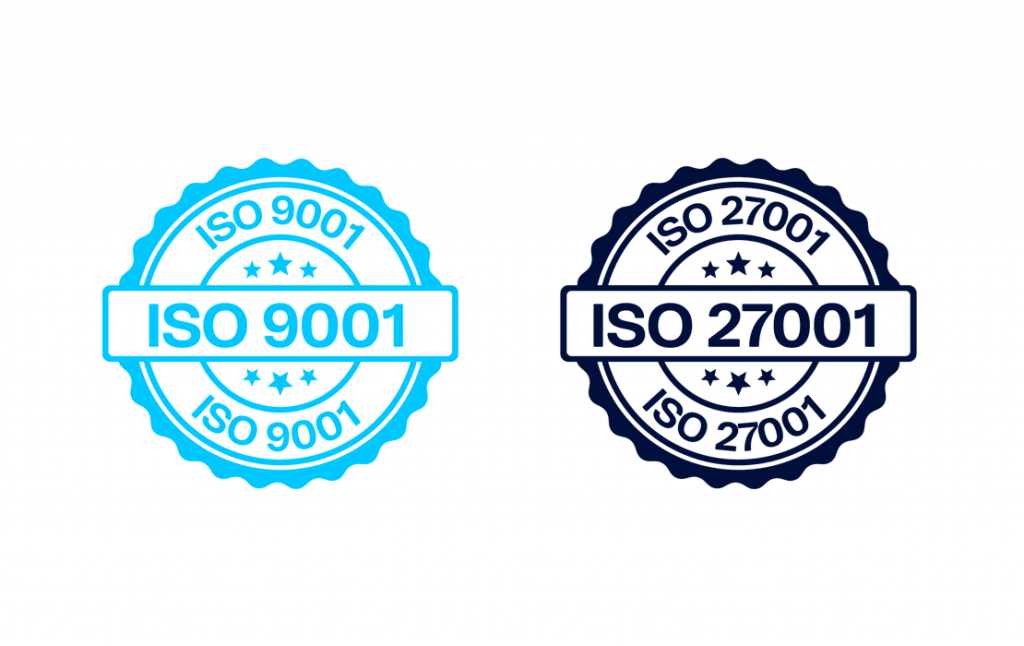The IoT is transforming how we travel and electric vehicle telematics is expanding the usefulness of and our confidence in electric vehicles. EV telematics is just one example of how businesses are using connected devices and real-time data to optimize operations, reduce costs and improve customer experiences.
But the possibilities extend far beyond EV telematics. Discover how IoT is transforming various industries by exploring our collection of IoT use cases across transport & logistics, manufacturing, smart cities and utilities. See how businesses are utilizing connected technology to achieve real world results.
Electric vehicle telematics utilizes EV connectivity to exploit data on location, behavior, vehicle status and battery charging requirements to help optimize routing, charging efficiency and vehicle uptime. EV telematics aligns the vehicle behavior with its charging requirements and can inform users of the most appropriate available charging points on its route, thereby minimizing charging time and maximizing battery utilization. EV telematics has evolved to enable seamless communication between electric vehicless and charging networks, optimizing both range and battery performance.
Through this connectivity, electric cars can intelligently interact with charging infrastructure, adjusting charging rates and schedules to maximize efficiency. This integration ensures that EVs are charged optimally, minimizing charging time while extending driving range. By exchanging data with the charging network, EVs can adapt to real-time conditions, such as grid demand and energy prices, to make informed charging decisions. Ultimately, this symbiotic relationship between battery-driven vehicles and charging networks is driving forward the advancement of sustainable transportation, offering enhanced convenience and efficiency to EV owners while reducing overall environmental impact.
Nearly 1 in 5
Cars sold in 2023 was electric
>23 million
17.5 million
Units in global EV market in 2024
From 2019-2023 global EV sales grew by 506% and, although the growth rate has tailed off recently as user concerns about EV costs and charging availability reduce appetite, the decade will see EV adoption continue strongly. Concerns about where to charge and the availability of fast charging points will disappear as EV telematics helps users better understand the battery status of their vehicles and plan more effectively to optimize charging. Norway continues to be the highest adopter in Europe with EVs accounting for almost 95% of vehicle sales in the country.
There are essentially two types of charging. One is when you need to charge quickly and be on your way – such as for public chargers at highways. The other type is where you park for a long time, at work or in residential areas. The second type of chargers can also be used to support V2G (vehicle-to-grid), EV telematics and IoT connectivity is an enabler for that.
EV telematics is an essential capability for combining vehicle data with external resources such as battery chargers. The ability to gather telematics data such as speed, charge remaining and information such as destinations and the number of journeys planned for the day and then reconcile that into the best possible outcome of maximized vehicle uptime, fast charging and efficient driver behavior delivers compelling value.
With ABI Research forecasting that 16.84 million EVs forecast will be sold in 2024 h, climbing to 47.44m by 2030 there’s a need for EV charging infrastructure to keep in step with EV but there is a mountain to climb. The firm reports that in 2024, there will be 31.4 EVs per every public Direct Current (DC) charging point. DC charging points are vital for fast charging. For Alternating Current (AC) charge points, the ratio is 14.4 EVs per charging point.
A huge effort is being made with more than 23 million public EV charging points set to be installed in the decade to 2034, increasing the number of public charging points five-fold in the period. This is critical infrastructure and rolling out charging points now is essential to encourage EV adoption. Electric vehicle charging in IoT is a barrier to increased electric vehicle uptake and EV telematics has an important role to play in keeping drivers informed of where, when and how to charge most efficiently and how to adopt best practices to optimize every journey.
Specific use cases for EV telematics include:
With 2G and 3G networks in the process of retiring, the focus for EV telematics is on 4G and 5G connectivity. The range of LTE variants within 4G is able to support EV telematics use cases from basic information communication through to consumption of rich infotainment services. These are of particular importance in the battery-driven vehicle world because drivers often have to wait to charge batteries for far longer than traditional refuelling breaks.
With near-total coverage, 4G is an excellent cellular solution for EV telematics while 5G infrastructure outside major cities is still under construction and therefore does not provide a comprehensive solution today.
EVs in common with ICE vehicles are expected to have substantial service lives. It is therefore likely that several upgrades to telematics systems and the connectivity that supports them will be needed during the life of the vehicle. The ability to handle over-the-air software upgrades is essential and the capability to upgrade connectivity without physical interaction is an important benefit. This will see EV telematics systems able to connect to both 4G and 5G connectivity, choosing the best option for the use case and the vehicle situation.
Telenor Managed IoT Connectivity services provides electric vehicles with access to the best quality cellular connection based on availability and the needs of each use case. Our Global IoT SIM cards can be pre-integrated to simplify your rollout, installation and lifecycle management.
With Telenor IoT Connect you get access to a local mobile network or to more than 500 networks across the world with only one point of contact. IoT Connect is available in different versions, ranging from more basic versions suitable for connecting just a few devices, to customized managed IoT connectivity solutions with all the tools and dedicated IoT expert support needed to connect millions of devices.
You can explore more on the IoT automotive case studies page or download Telenor´s Customer Cases booklet.
Ready to simplify your IoT deployment? Talk to our connectivity experts!


